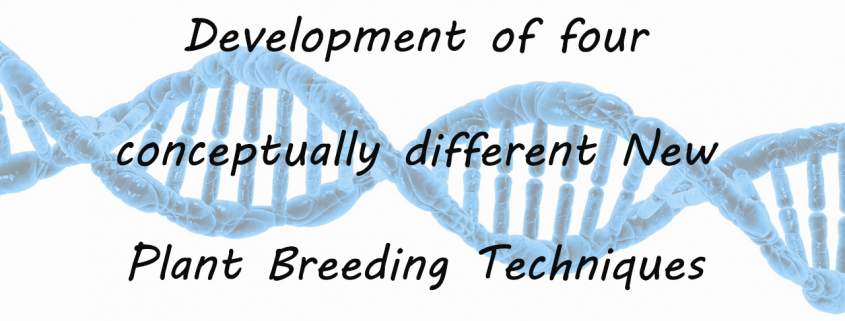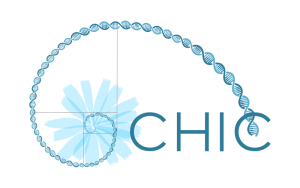Development of Four Conceptually Different NPBTs Update
CHIC is the Chicory Innovation Consortium. The project’s main objectives are 1) to implement New Plant Breeding Techniques (NPBTs) in chicory in order to establish it as a multipurpose crop for the production of health-related products with clear benefits for consumers, and 2) to develop co-innovation pathways with stakeholders for game-changing technologies, such as NPBTs.
The overall objective of Work Package 1 (WP1) is to develop four different New Plant Breeding Techniques to be used in root chicory. Specific objectives are:
- To develop stable and transient delivery systems of RGENs in chicory
- To improve regeneration and transformation efficiencies from transformed tissues and protoplasts
- To develop DNA-free methods for RGEN delivery into chicory protoplasts
- To develop and implement novel RGENs
- To obtain self-compatible chicory genotypes suitable for inbreeding
- To obtain an improved assembly of the chicory genome
Updates
WP1 is a technical work package, dedicated to the implementation of the new breeding technologies in chicory. New breeding technologies are a rather general term, but in CHIC it means genome editing methods based on CRISPR-Cas. Researchers from CHIC are developing four different methods in parallel for the delivery of CRISPR tools to chicory cells. These methods should have identical genetic outcomes and only differ in the degree of “DNA invasiveness” (this is: how much recombinant DNA technology is used in the process); this is relevant when it comes to the adoption of these new technologies and their products by regulators and the general public. In the first three years of the project, the three identified methods with varying degrees of DNA invasiveness have been fully implemented, and plants have been grown to maturity in which the genes responsible for root bitter compounds have been eliminated by genome editing. A patent application has been filed on this innovation! Meanwhile, other partners within the project continue to work on alternative genome editing molecules (that may work even better in plant cells than CRISPR-Cas) and on a solution for self-incompatibility. This feature is what chicory plants cannot be fertilized by their own pollen, as had been done in many other plant species, which poses a serious bottleneck in chicory variety improvement by plant breeding. The genes for self-incompatibility in chicory have been found and solutions to bypass their activities are being tested now. Finally, additional work has been performed to improve the chicory genome sequence.


 This project has received funding from the EU Horizon 2020 research & innovation programme under grant agreement N. 760891.
This project has received funding from the EU Horizon 2020 research & innovation programme under grant agreement N. 760891.

